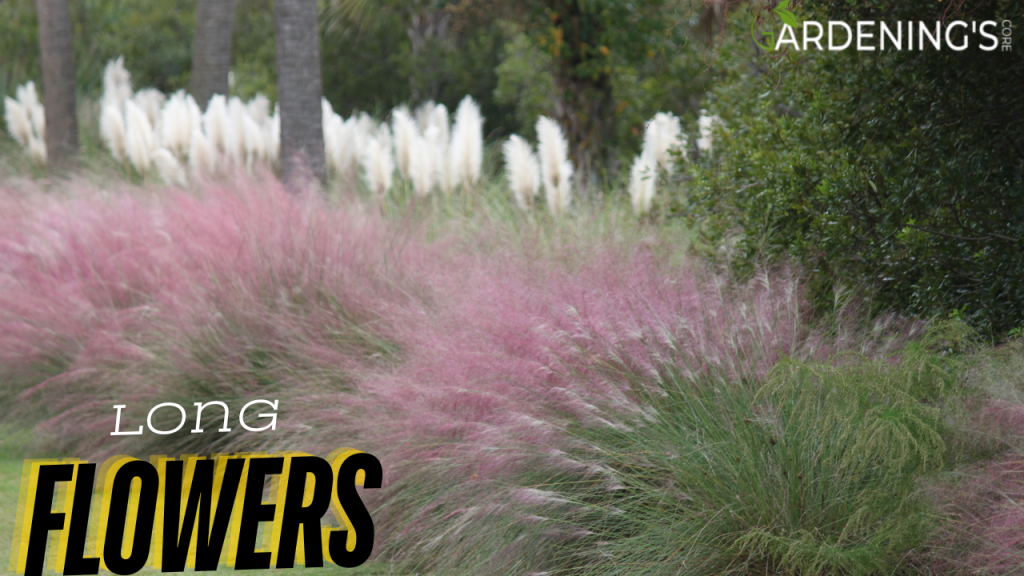Introduction to Long Flowers
Long flower are a gardener’s secret weapon. They add height, drama, and a touch of elegance to any garden. But what exactly are long flowers? Simply put, they are plants with blooms that grow on tall stems, often reaching heights of several feet. For gardening enthusiasts, these flowers offer an opportunity to create visually striking landscapes that captivate the eye and soul.
In this blog post, we will explore the best long flower for your garden, provide essential tips for growing them, and discuss their role in garden design. We’ll also cover seasonal care and highlight the aesthetic and environmental benefits of these captivating plants. By the end of this post, you’ll be eager to introduce long flowers into your own garden.
The Best Long Flowers for Your Garden
When choosing long flower for your garden, it’s essential to consider both perennial and annual options. Each type has its unique beauty and growth requirements.
Perennial Long Flower
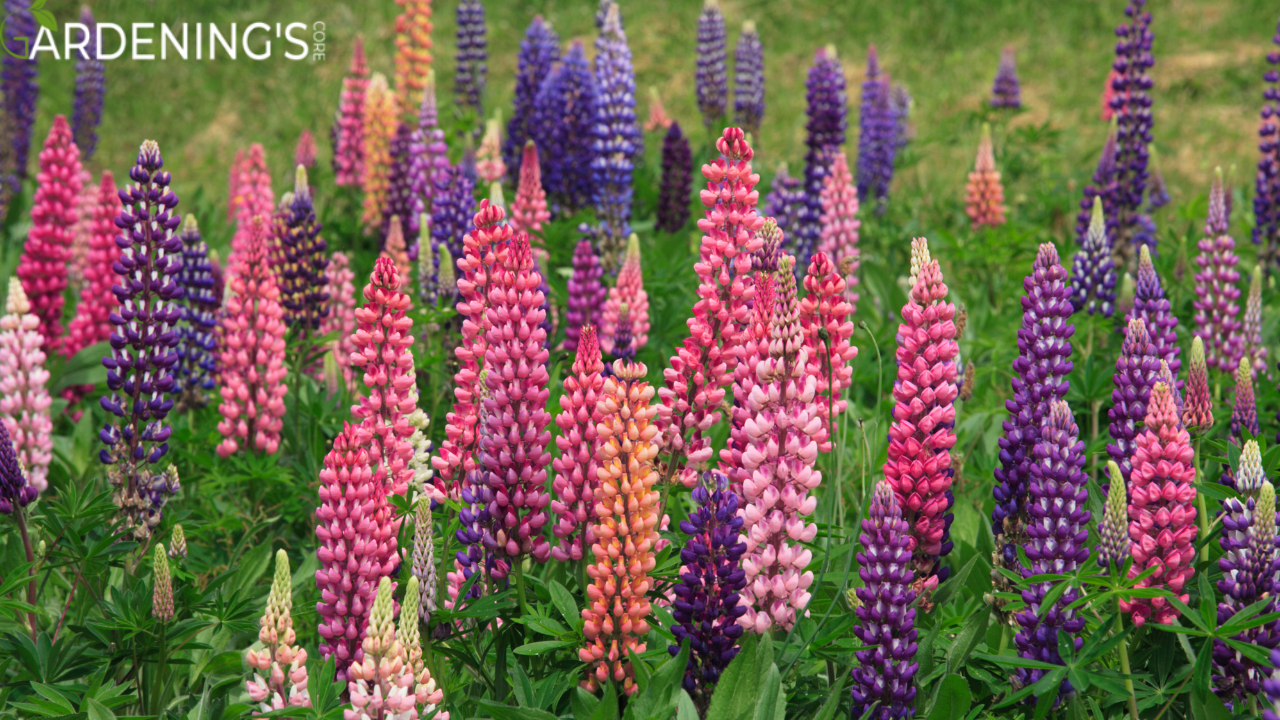
Lupines -These striking flowers come in various colors, from deep purples to vibrant pinks. Lupines thrive in well-drained soil and full sun, making them perfect for sunny spots in your garden.
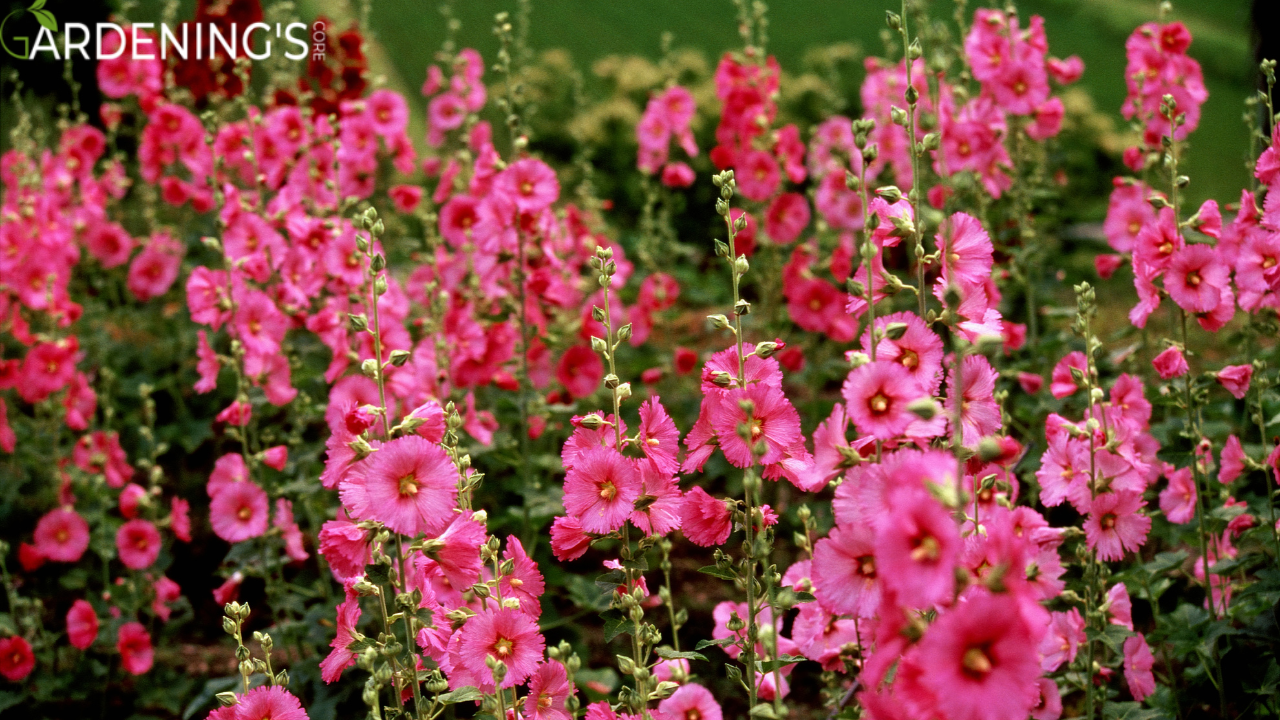
Hollyhocks – With their towering spikes of blooms, hollyhocks add a touch of old-world charm. They are relatively low-maintenance and can grow up to eight feet tall.
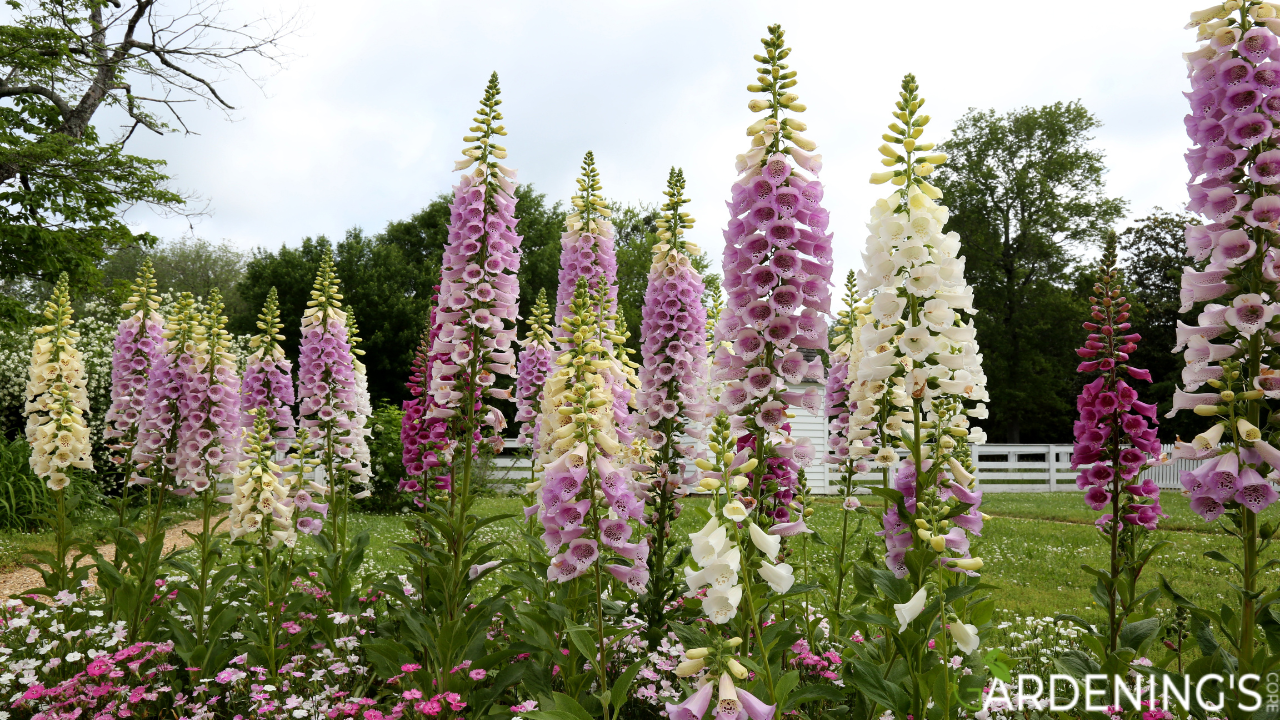
Foxgloves – Known for their bell-shaped flowers, foxgloves are a favorite among gardeners. They prefer partial shade and well-drained soil.
Annual Long Flower

Sunflowers – These iconic flowers are a must-have for any garden. Sunflowers can grow up to twelve feet tall and are known for their bright, cheerful blooms.
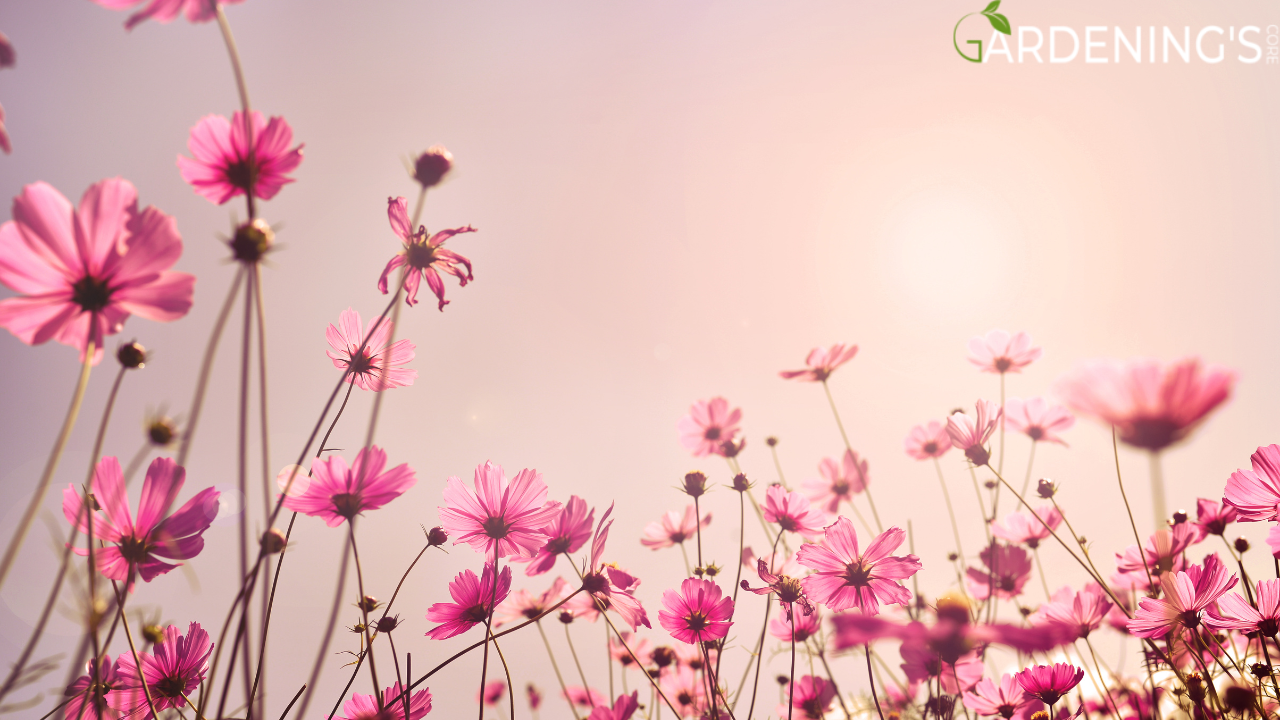
Cosmos – With their delicate, daisy-like flowers, cosmos add a touch of whimsy to any garden. They are easy to grow and flourish in full sun.
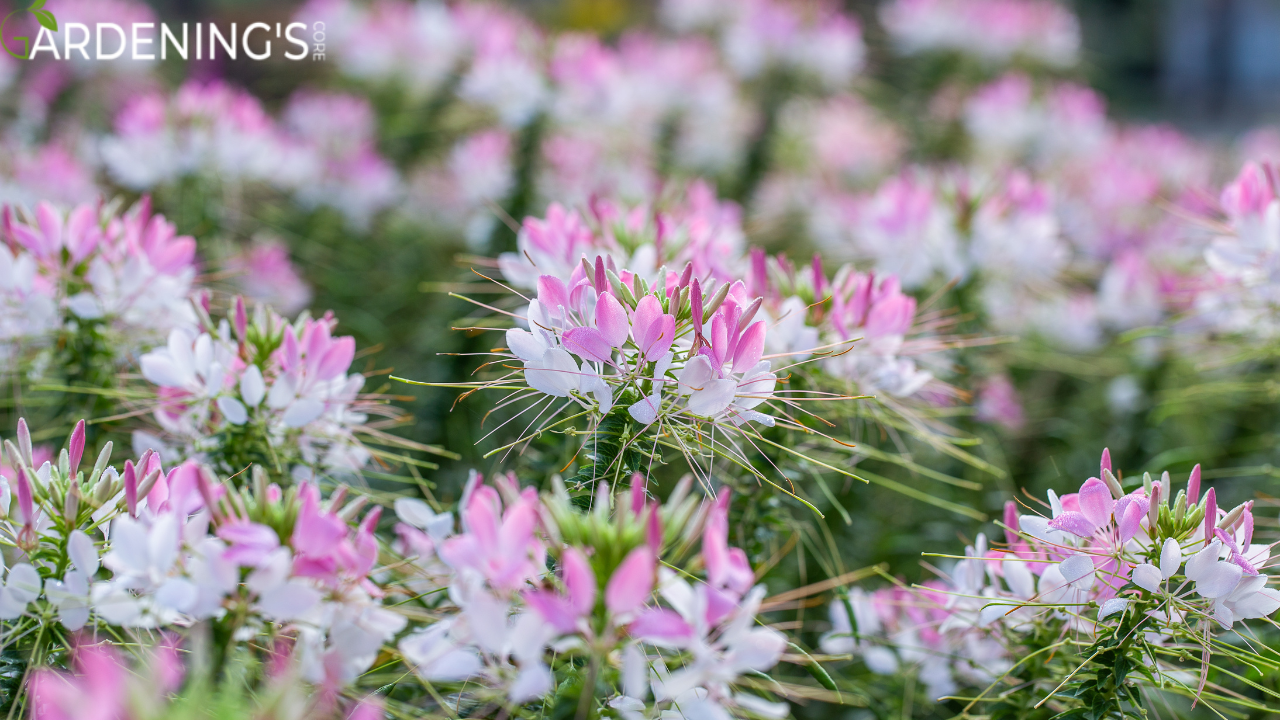
Cleome – Also known as spider flowers, cleome plants produce clusters of blooms on tall, spiky stems. They thrive in full sun and well-drained soil.
Tips for Growing Long Flowers
Growing long flowers successfully requires attention to soil, sunlight, watering, and maintenance. Here are some practical tips to ensure your long flower thrive.
Soil Preparation
Healthy soil is the foundation of any successful garden. For long flower, rich, well-drained soil is essential. Before planting, consider adding compost or organic matter to improve soil fertility and drainage.
Sunlight and Watering
Most long flower require at least six hours of sunlight daily. However, some varieties, like foxgloves, prefer partial shade. Be sure to know the specific light requirements of each flower. Watering is equally important. Long flower generally need consistent moisture, especially during the growing season. Water deeply to encourage strong root systems, but avoid overwatering, which can lead to root rot.
Maintenance and Support
Long flower often need support to prevent them from toppling over. Use stakes, trellises, or plant them against a fence for added stability. Regular deadheading (removing spent blooms) promotes new growth and keeps your plants looking vibrant.
Long Flowers in Garden Design
Incorporating long flower into your garden design can create a dynamic and visually appealing landscape. Here are some tips to help you make the most of these towering blooms.
Vertical Gardening
Vertical gardening is an excellent way to utilize space and add height to your garden. Plant long flower along walls, fences, or trellises to create stunning vertical displays. This technique not only saves space but also adds depth and dimension to your garden.
Layering and Grouping
To create a harmonious garden, consider layering long flower with shorter plants. Place taller flowers at the back of flower beds and shorter ones in front. Grouping long flower in clusters can also create focal points that draw the eye.
Color Coordination
Long flower come in a wide range of colors. Choose a color palette that complements your garden’s overall theme. For a cohesive look, consider selecting flowers with similar hues or contrasting colors for a bold statement.
Seasonal Care for Long Flowers
Caring for long flower throughout the year ensures they remain healthy and beautiful. Here’s a seasonal guide to help you.
Spring
Spring is the time to plant long flower. Prepare your soil, plant seeds or seedlings, and provide ample water as they establish themselves. Add mulch to retain moisture and suppress weeds.
Summer
During the summer, focus on maintaining consistent watering and deadheading spent blooms. Support tall flowers with stakes or trellises to prevent them from falling over.
Fall
In fall, cut back long flowers and remove any dead or diseased foliage. Add compost to your soil to replenish nutrients. Consider planting fall-blooming long flowers like asters and chrysanthemums for extended color.
Winter
Winter is a time of rest for most long flowers. Protect perennials by adding a layer of mulch for insulation. Consider bringing container plants indoors or covering them to prevent frost damage.
The Aesthetic and Environmental Benefits of Long Flower
Long flowers offer more than just visual appeal. They also provide numerous benefits to the environment and local wildlife.
Visual Appeal
Long flowers add height and drama to any garden. Their towering presence creates focal points and adds a sense of grandeur. Whether you’re designing a cottage garden or a modern landscape, long flowers can elevate your garden’s aesthetic.
Wildlife Support
Many long flowers attract pollinators like bees, butterflies, and hummingbirds. By planting a variety of long flowers, you can create a haven for these essential creatures, supporting biodiversity and helping your garden thrive.
Environmental Impact
Growing long flowers can also benefit the environment. Plants help reduce soil erosion, improve air quality, and provide habitats for beneficial insects. By incorporating long flowers into your garden, you’re contributing to a healthier ecosystem.
Conclusion
Long flowers are a fantastic addition to any garden, offering height, beauty, and numerous benefits. From selecting the best varieties to ensuring proper care, this guide has provided you with the knowledge to grow and enjoy these stunning plants.
Explore the beauty of long flower in your garden and experience the satisfaction of creating a vibrant and thriving outdoor space. Ready to get started? Visit our website for more tips and resources to help you on your gardening journey. Happy planting!

